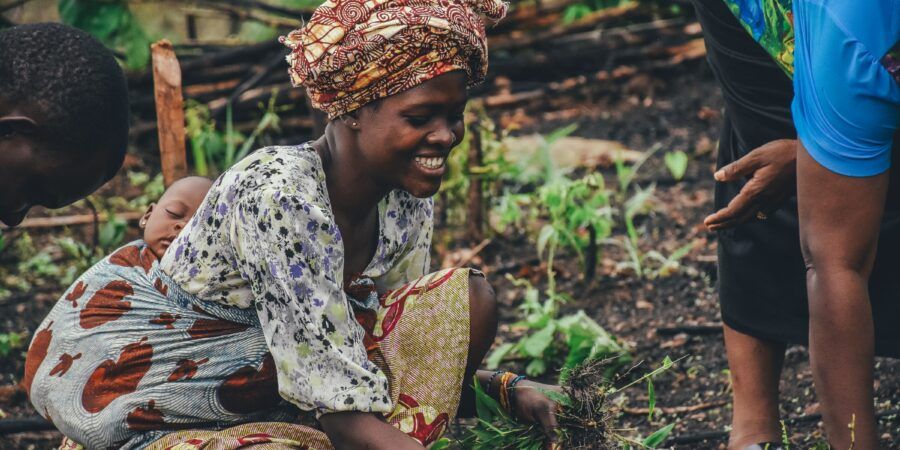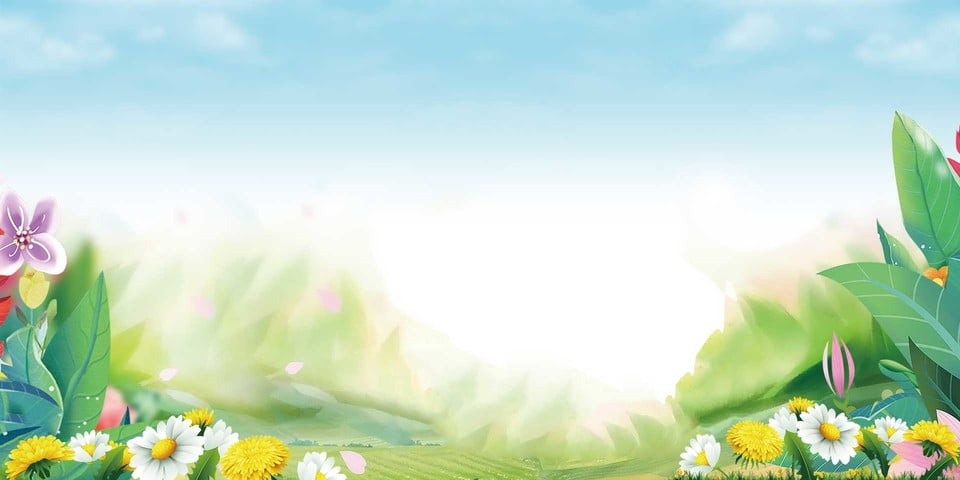Yoruba people of Africa wear magnificent clothing that has been created for decades both in their motherland – Africa – and outside the nation (in the United States and the Caribbean). The male and female versions of this item of apparel have distinct names. It became a symbol of Black identity and millennial tradition for many Africans. But how does it appear? And what makes it so unique? Let’s learn more about the dashiki and Buba – such unique names can’t hide anything mundane and mundane!
Dashiki
The term “dashiki” is a Yoruba word that refers to men’s clothing. The garment worn by ladies is known as a “Buba.” The garment for males is longer, whilst the garment for ladies is shorter. And it’s similar to a shirt in that it’s a tight garment worn on the top torso.
The term “dashiki” is derived from the Yoruba word “dashiki,” which refers to a loose-fitting pullover that developed in West Africa as a practical work tunic for men that could be worn in the heat. The Yoruba borrowed the term “dashiki” from the Hausa phrase “dan ciki,” which means “below.” Males wore the dan ciki garment underneath their huge robes. Similar robes have been discovered in holy Dogon burial caves in Southern Mali dating from the 12th and 13th centuries.
The Angelina print, which had its heyday in the 1960s and had a rebirth in the late first decade of the twenty-first century, has been culturally appropriated across the African continent and the Diaspora in a range of designs and fabrics. African patterns have been utilized to complement a variety of fashion trends and modeling runways. The traditional styles, which are particularly prominent in Nigeria and Ghana. It becomes a forerunner due to its widespread recognition as traditional African clothing.
Why does it not matter if the pattern is unique?
One indigenous African once observed that the garments and designs themselves are meaningless in comparison to the person wearing them. In that instance, during some events. It is possible to see that everyone is dressed in the same or similar print. Individuals wearing these clothing are empowered by their own identity, and they do not argue over how another person is wearing the same print. Because of the homogeneity, Westerners may be hesitant to dress alike or wear the same thing as someone else. When people shop for their own individuality, they frequently overlook the fact that it is the person, not the clothing, who is distinctive apparel.
The dashiki gained political clout during the Civil Rights and Black Panther movements of the 1960s and early 1970s. The essay was embraced by African Americans as a method of opposing Western cultural standards. This is when the dashiki went beyond fashion and utility to become a symbol of Black pride. As evocative of black beauty as an afro or a raised fist. Its meaning evolved in the same way that groups. Pan-Africanism and Rastafarianism were driven by language like “Africa as Promised Land”. Ironically, these Afrocentric theories, which originated outside of continental Africa. It helped form some of the most divisive apparel ideas about African identity and black politics.



